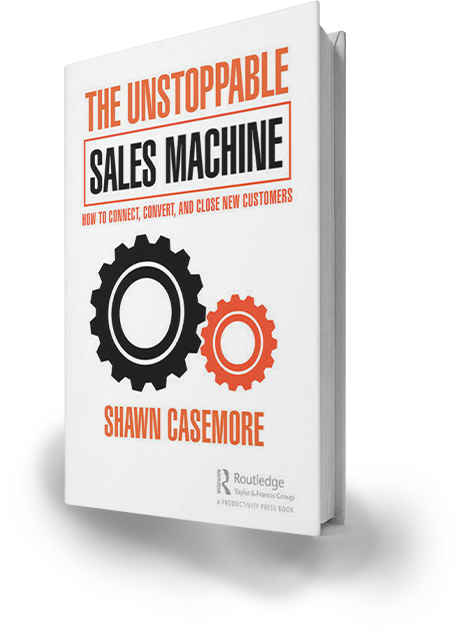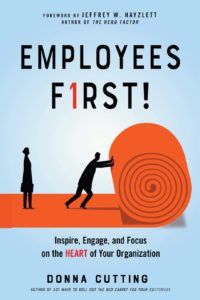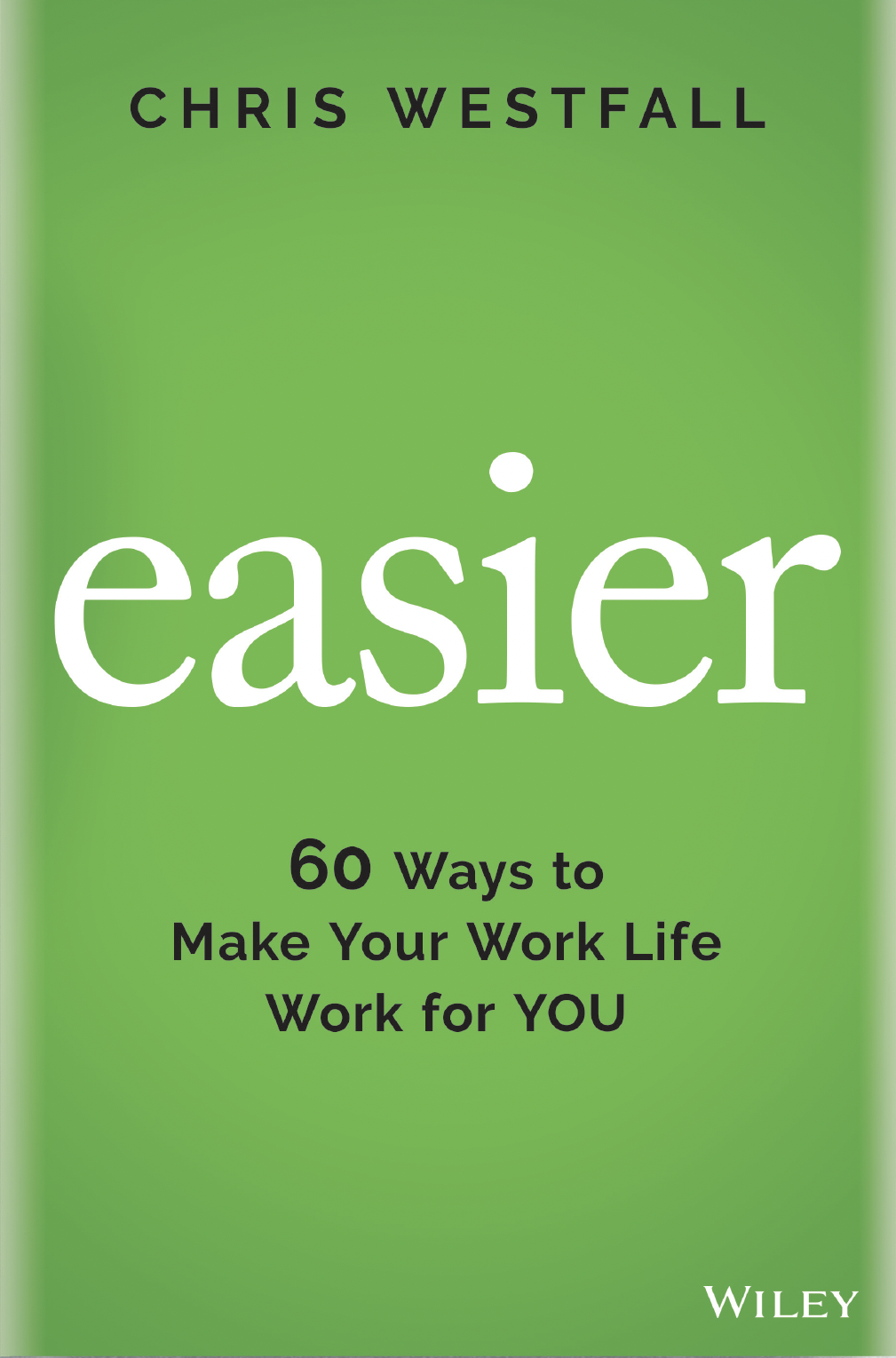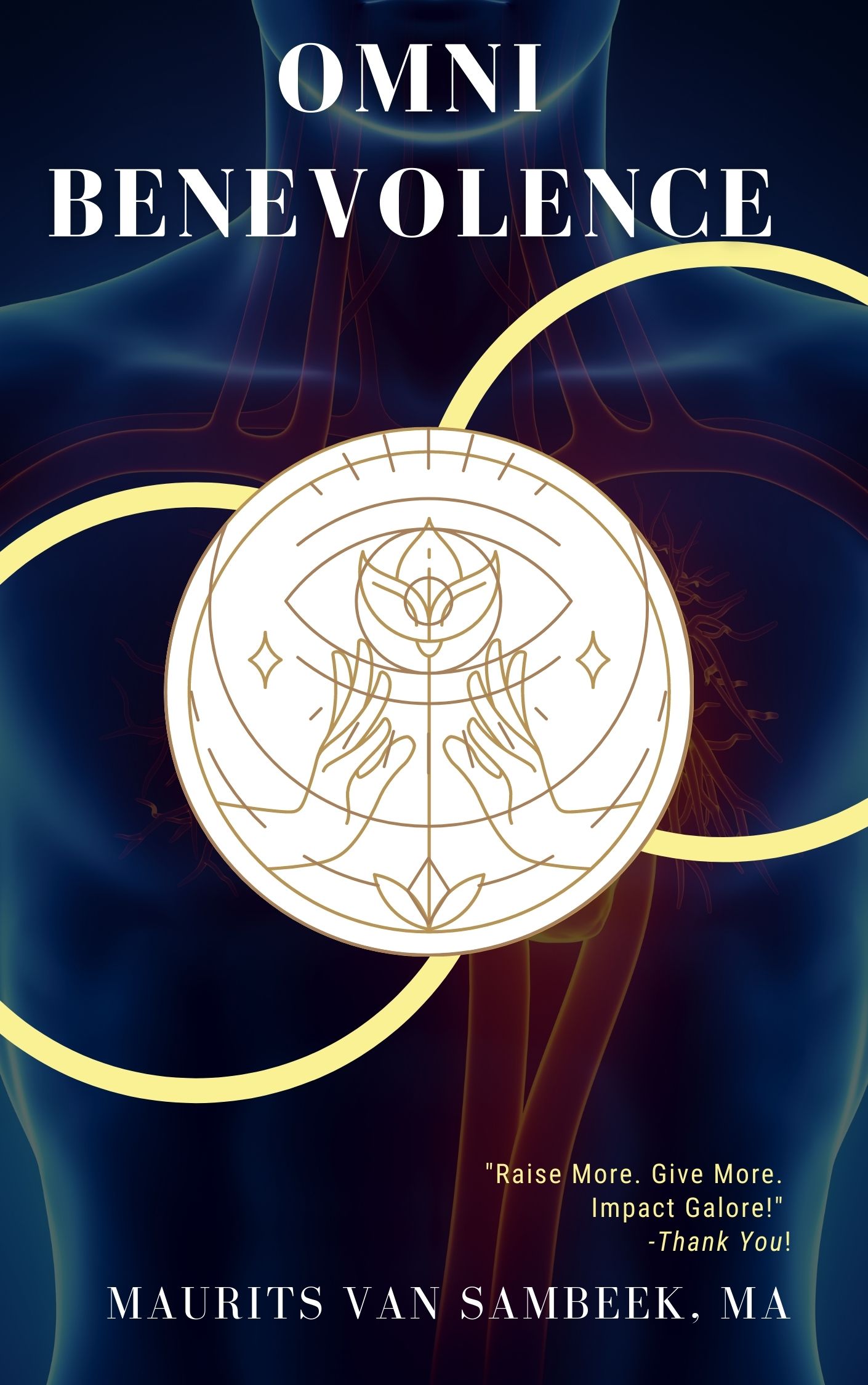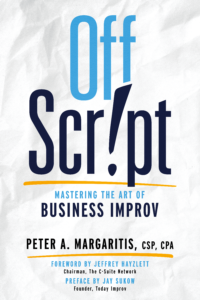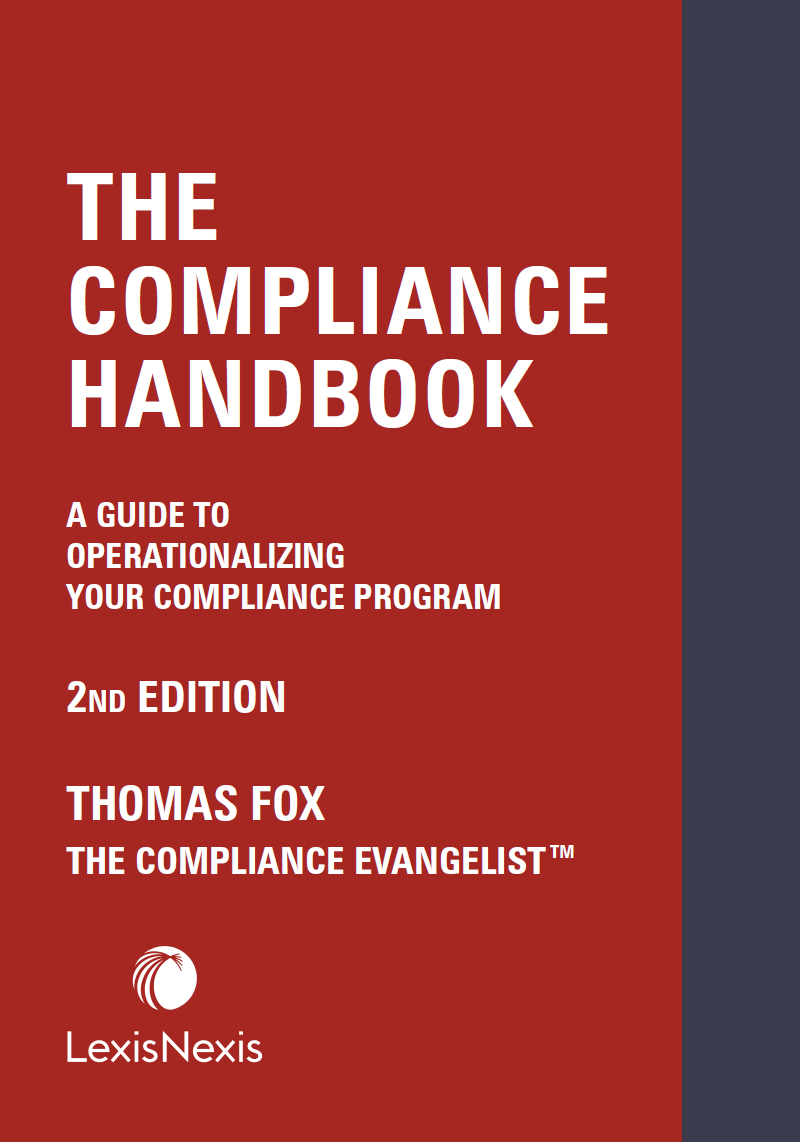Partner Your Project
Sue Dyer
Partner Your Project is a step-by-step guide on how to develop working relationships that result in successful projects that are on-time, on-budget, safe, and of quality. Even two decades after it was first published, Partner Your Project is being used in classrooms and boardrooms to help leaders and project managers develop a partnering culture on their construction projects. While written for the construction industry, there are many leadership tenets that are at the core of Partnering, like empowering others, commitment and trust. Technology has changed the way people work, but partnering has proven that successful teams work well “together.”


What is normal? You might say that “it depends”. It depends on who is involved, what the situation is, how long it has been going on, etc. We all have beliefs on what is “normal” in different situations. These beliefs are what create our “norms of behaviors”.
Norms are very powerful. Have you ever gone to a friend’s home for dinner and seen how they say grace, are vegetarian, grab for the food, stand up to eat, or forget to fix the food in the first place? What do you do? You go along with the norms of behavior. You say grace, you eat your vegetables, you grab for yourself, you stand up, and you make the food for yourself or forget about eating.
Think about the norms that exist on your project. What are the norms? Are they the norms that you need in order to succeed? Norms don’t just happen, they are created.
How do you create norms? Start by looking at what you value. Do you value teamwork over getting the task done? Do you value communication over direction? Do you value assurance over innovation? Norms are created from what you value most. These values show up in your attitude and behavior. Just like the example above, the norms you set influence your behavior and those around you.
So what values do you need in order to create the attitudes and behaviors that support collaboration?
- Trust
- Fairness
- Respect
- Cooperation
- Open and Honest Communication
- Teamwork
- Creative, Joint Problem-solving
- Working for Mutual Gain
- Rapid Issue Resolution
- Innovation
- Fun and Satisfaction
Are these what you value on your project? Just remember – you always get what you value most!
Letting Go
Many of us have years and years of experience that we bring to our projects. We know what it takes.
Often we get stuck at our current level of know-how. We don’t continue to learn and move to the next level. We become victims of our own success!
This often leads to complacency on projects. I see this all of the time. We feel that we are OK with how things are going. We believe that we are partnering if we are not fighting. Things are okay.
Every week, I see teams who would never settle for okay. They’re going to jump on issues. They’re going to get a resolution. They’re going to implement that resolution, so that the issue has little to no impact on the project; or they may even find a resolution that improves the project’s results. They are constantly striving to make things better. Those projects do phenomenal things like build a million dollars a day for ninety days. They achieve success in ways that nobody thought was even possible.
At the same time, I see teams who are perfectly fine, but the project’s been delayed a couple months. “We couldn’t get an answer to our questions. There’s this third party affecting us. The third party is kind of dysfunctional. We can’t get them to come to our meetings. We continue to try and get the answer. We don’t want to go outside the protocol. Somebody might get upset.” The project team continues working the same issue, doing the same thing, in the same way, with the same people, expecting to get a different result.
So how can you overcome complacency? How can you become a high performing team?
To get there you are going to have to LET GO of the things that you are currently doing that are producing the results that you are getting. It is only by letting go that we begin to change and if we don’t change then everything will just be the same has it has always been.
This means that you have to let go of what has worked in order to make room for new ideas, concepts and relationships.
Your challenge this month is to think about what YOU need to let go of in order to make room to move to the next level.
It isn’t easy…but it will be worth the effort!

Sue Dyer, MBA, MIPI, MDRF, president of OrgMetrics LLC which she founded in 1986 as a consulting firm specializing in dispute resolution and prevention. She is an acknowledged pioneer in developing and delivering partnering services on major public works projects and is the author of Partner Your Project, the best-selling step-by-step guide to partnering in print today. Sue publishes Partnering Magazine, writes a syndicated column “Dyer Straights” which has been in circulation for over 12 years, and has had several articles published in “Inc. Magazine.” Sue is a Master Certified Partnering Facilitator (MPF) and Master Certified Dispute Resolution Facilitator (MDR). Sue has created partnering processes that are used all over the world. Among her many accomplishments, Sue was the 1st woman in the U.S. to head a major collective bargaining unit for construction industry.



